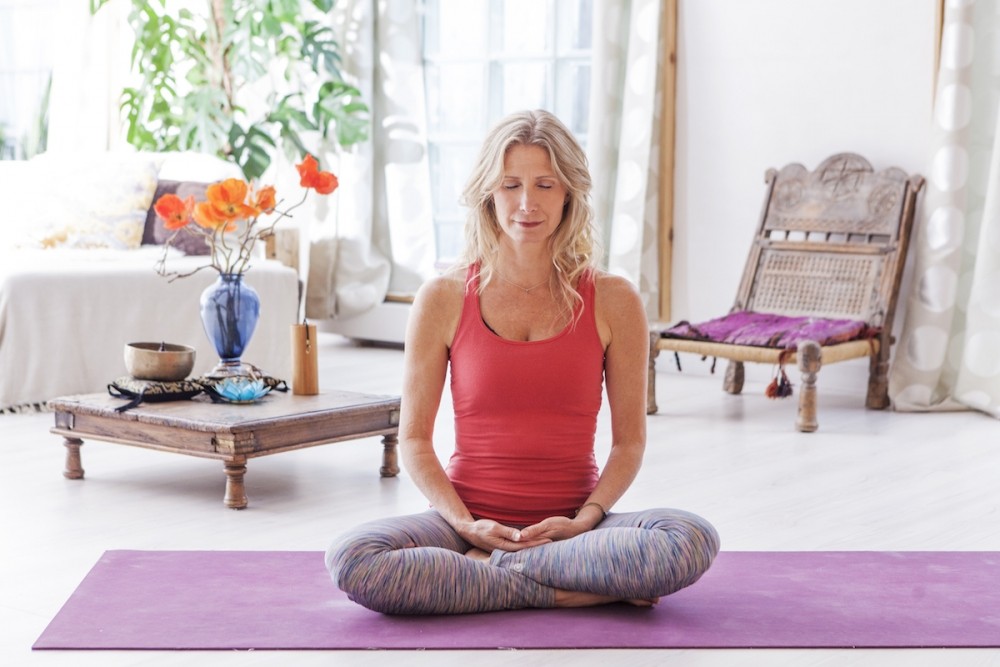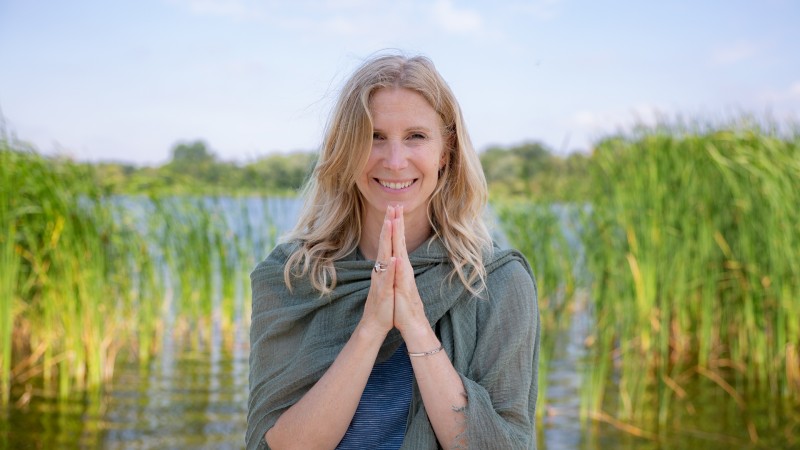Learning to meditate is one of the most important things you can do for yourself. One of the most common misconceptions is that it’s about ‘switching off’ your brain. We’ll share why that’s impossible, along with some simple tips to help you start – and maintain – a meditation practice. First up – why should you meditate?
The benefits of meditation
Short, regular meditation practices have been proven to:
- reduce stress
- alleviate anxiety and depression
- improve sleep
- boost the immune system
- increase the ability to focus
- lower blood pressure;
- and even ‘rewire’ parts of the brain.
Science aside, above all, meditation simply makes you feel better – calmer, more resilient, better able to respond rather than react… And, in essence, this is what will hopefully keep you returning to your practice regularly.
Science aside, above all, meditation simply makes you feel better – calmer, more resilient, better able to respond rather than react
1. Don’t worry about whether you’re doing it ‘right’
Ever heard that meditation is about stopping or controlling your thoughts? It’s the reason why many people think they’ll never be able to meditate. Either that, or they think they’re ‘bad’ at meditating and give up straight away.
Just as the heart is meant to beat, the mind is supposed to think. Whether you focus on the breath, use a mantra, or do a body scan, the purpose of mindfulness meditation is simply to become aware of what’s going on without reacting to it. To avoid getting caught up in the ‘stories’ of the mind and instead let your awareness rest in reality – the present moment.
2. Be comfortable
Google ‘meditation’ and your screen will be flooded with serene-looking, bendy people effortlessly sitting cross-legged on the floor. But you don’t need to be flexible or bend yourself into a double knot to meditate. What’s important is that you’re able to sit comfortably, preferably with your torso upright. This is so your diaphragm remains open and unrestricted and so your breath can flow freely.
It’s preferable to meditate in a seated position rather than lying down as the latter may encourage sleep…and whilst sleep is also good for you, it isn’t meditation! If you want to sit on the floor, you can sit on a meditation cushion or bench or lean against the wall. Otherwise, sit in a chair, or even stand, if you like!
If sitting in meditation difficult for you because of a sore back, sleepy legs, painful knees or any other physical discomfort then check out this tutorial.
3. Be consistent
Try and make time to meditate every day, or if every day feels too much at first, you can make a pact with yourself not to go more than three days without meditating. Many people meditate first thing in the morning, right after waking up – but it might fit in better for you at another time of day. Whenever you do it, try to be consistent with the time and place you meditate, so you give yourself the best chance of building a regular habit.
4. Start with 5 minutes
Another common reason people cite for not meditating is that they don’t have enough time. The scientific consensus is that just five minutes of meditation will give you access to many of the benefits of meditation – and if we’re honest with ourselves, most of us do have five minutes to spare a day. Esther Ekhart has created a special playlist of 5-minute meditation classes – check them out here.
5. Be kind to yourself
Okay – your mind will wander; you will get lost in thought; strong or uncomfortable emotions might come up…But treat yourself with compassion. Every day will be different; that’s why it’s called a ‘practice’. Be proud of yourself for making a commitment. It isn’t always easy, it won’t make you impervious to stress, or give you the ‘perfect’ life, but we promise you, it is worth it.
So, grab your cushion, or stay right where you are in your chair, and let’s get started.
20 Mindful Minutes – Start a meditation practice with our online meditation course
Join our 10-day online meditation course to help you develop an embodied mindfulness meditation practice.


